1. The Earth Is Hollow and Habitable Inside
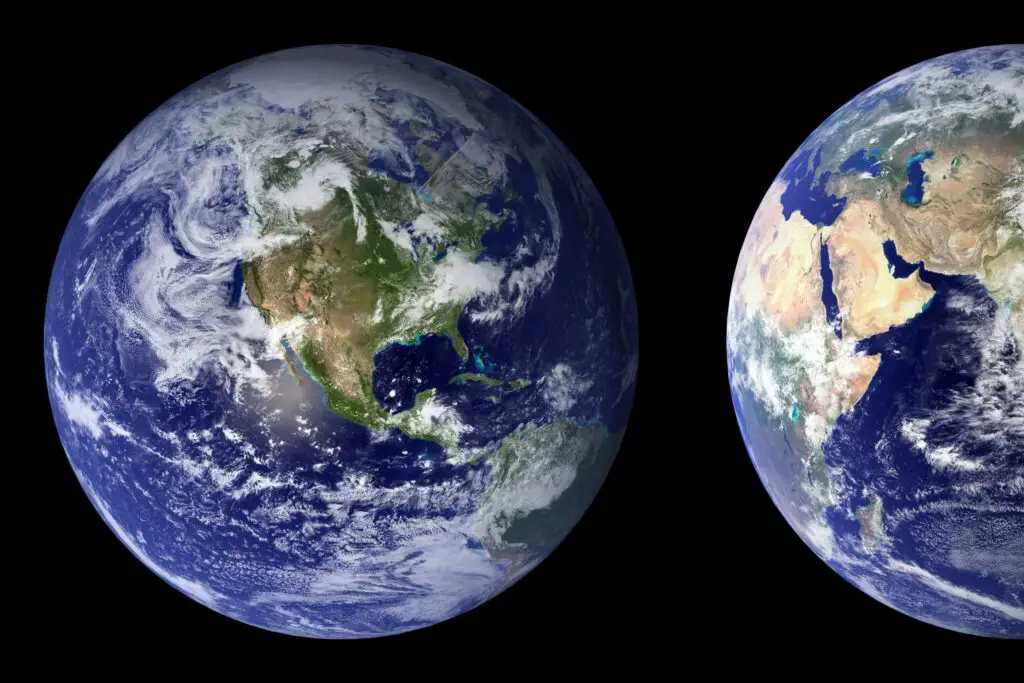
Back in the 17th and 18th centuries, some scientists were absolutely convinced that the Earth was hollow, with vast inner realms that could even support life. A few even believed there were entrances to this underground world at the North and South Poles, just waiting to be explored like some kind of fantasy novel come to life says the Week.
One of the most vocal supporters was John Cleves Symmes Jr., who spent much of his life trying to convince the U.S. government to fund an expedition into the Earth’s interior. He imagined lush landscapes and advanced civilizations hidden beneath our feet. This wasn’t some fringe conspiracy—it had genuine academic support at the time. While it sounds totally bonkers now, it shows how little we really knew about our planet back then. Today, of course, we’ve mapped the Earth’s crust and studied its core, but you have to admire the imagination. At least Jules Verne got a good novel out of it adds IFLScience.com.
2. Miasma Causes Disease

Before we understood germs, doctors were convinced that diseases like cholera and the plague came from “bad air,” or miasma. They thought that just breathing in foul smells could make you sick, especially if you were near garbage or swamps says Psychology Today.
This theory shaped public health decisions for centuries. People wore masks stuffed with herbs, cities focused on eliminating odors, and doctors gave advice like “stay upwind.” Ironically, some of those actions did help, but not for the reasons they thought. It wasn’t until scientists like Louis Pasteur and Robert Koch proved germ theory that miasma finally got debunked. Still, the idea stuck around longer than you’d expect. Even today, some folks act like a bad smell is enough to make them ill adds the Washington Post.
3. Spontaneous Generation

For a long time, people genuinely believed that life could just appear out of nowhere. Leave meat out too long, and poof—maggots. Let some dirty clothes sit near wheat, and suddenly you had mice. That was just how the world worked, apparently.
Even Aristotle backed this theory, which shows how deeply embedded it was. It took until the 17th century for people like Francesco Redi to start questioning it with actual experiments. Then in the 1800s, Louis Pasteur drove the final nail in the coffin with his famous broth experiments. It seems laughable now, but it made sense to people who had never seen a microscope. And hey, it did at least get folks thinking more scientifically, eventually.
4. The Brain Cools the Blood
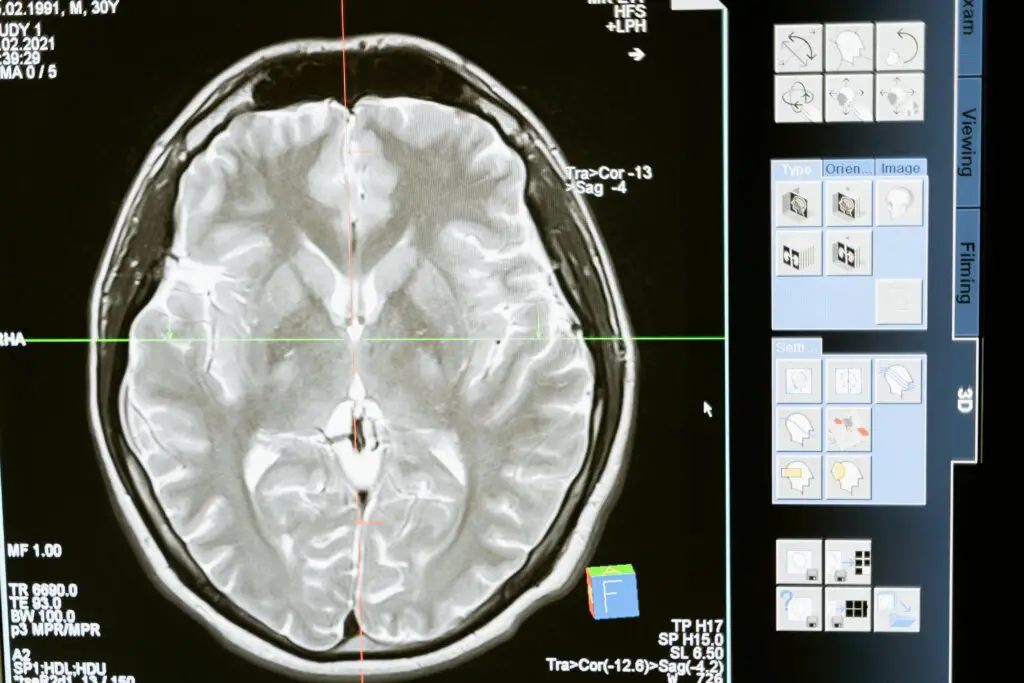
Ancient Greeks like Aristotle believed the brain wasn’t for thinking, but for cooling down the body. They thought the heart was the real seat of intelligence and emotion, while the brain was just some kind of radiator.
This theory hung around for a surprisingly long time, even influencing medieval medical thought. It’s wild to imagine anyone seeing the brain and thinking, “Ah yes, that’s clearly a cooling device.” It wasn’t until the Renaissance that anatomists began to understand the brain’s true function. Even then, it took centuries of trial and error to figure out just how important it really is. Today, we recognize it as the control center of the entire body. But back then? It was just a fleshy fan.
5. Phrenology Can Predict Your Personality
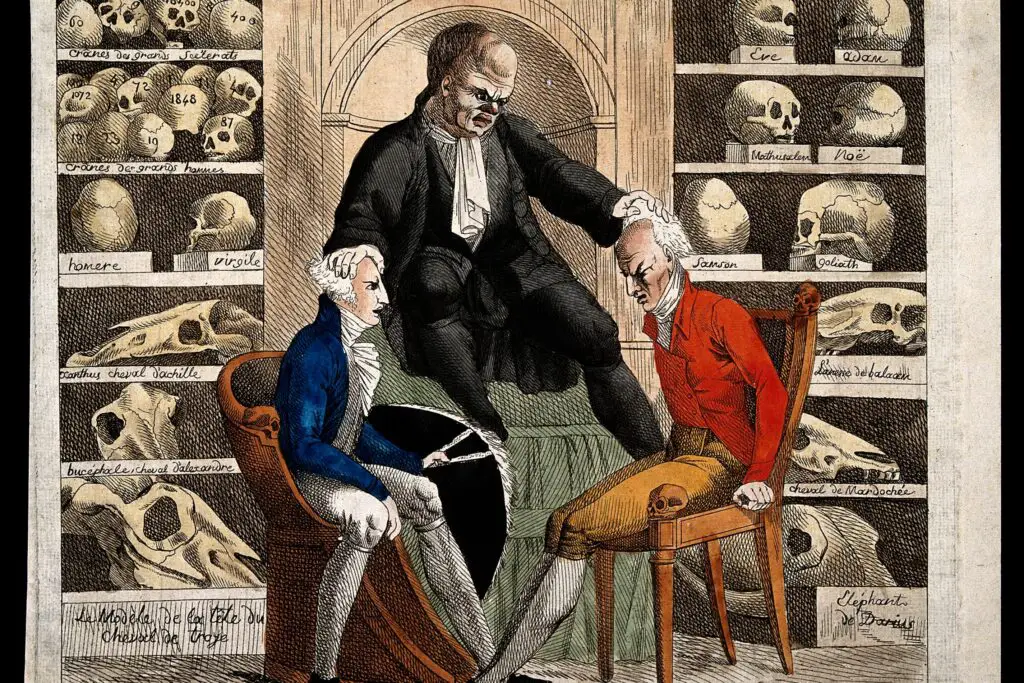
In the 19th century, phrenology was all the rage. The idea was that you could determine someone’s personality, intelligence, and even criminal tendencies by examining the bumps and dips on their skull.
Doctors and laypeople alike took it very seriously. There were even phrenology salons where you could get your head “read” like a palm. While it’s now considered a pseudoscience, phrenology did contribute to early neuroscience in unexpected ways. It made people think about how different parts of the brain might control different behaviors. But the belief that your head shape dictated your future? That part was completely off the mark. Still, it’s a fascinating glimpse into the quirks of early science.
6. The Wandering Womb
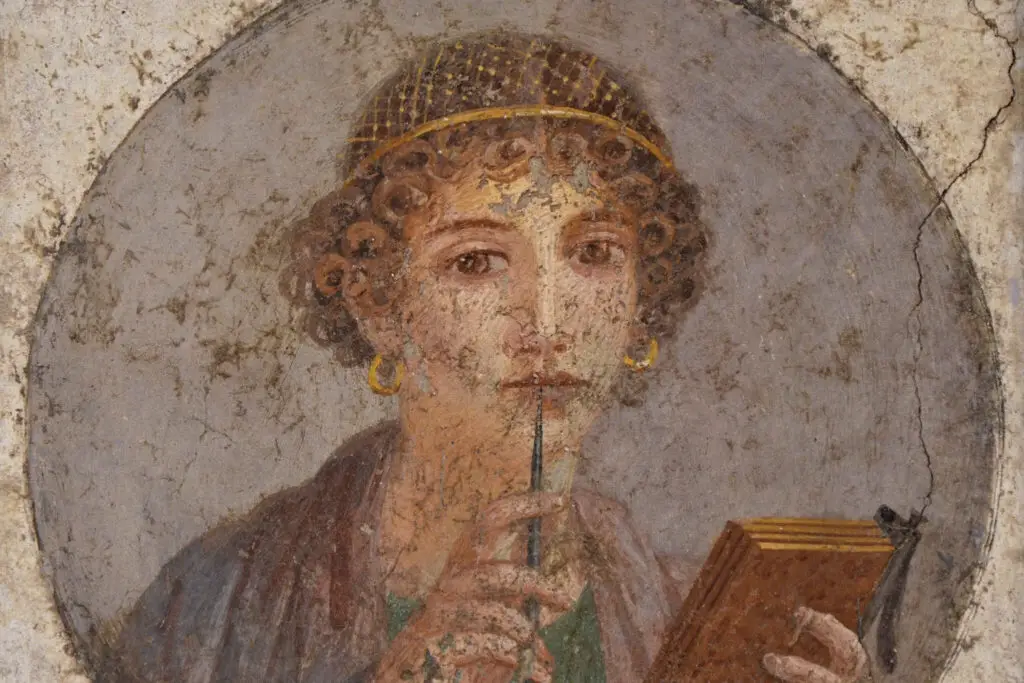
For centuries, doctors believed that a woman’s womb could move around her body and cause all kinds of health problems. If you had a headache or fainted, some physicians blamed your uterus for wandering too close to your head.
This bizarre idea dates back to ancient Greece and stuck around well into the Middle Ages. Treatments included putting pleasant smells near the pelvis and foul ones near the nose, hoping to lure the womb back to its “proper” place. It’s equal parts disturbing and absurd. The theory was used to justify all kinds of restrictive ideas about women’s health. Thankfully, modern medicine caught up, but this one’s a pretty jaw-dropping example of how misunderstood female anatomy once was.
7. Earth Is the Center of the Universe
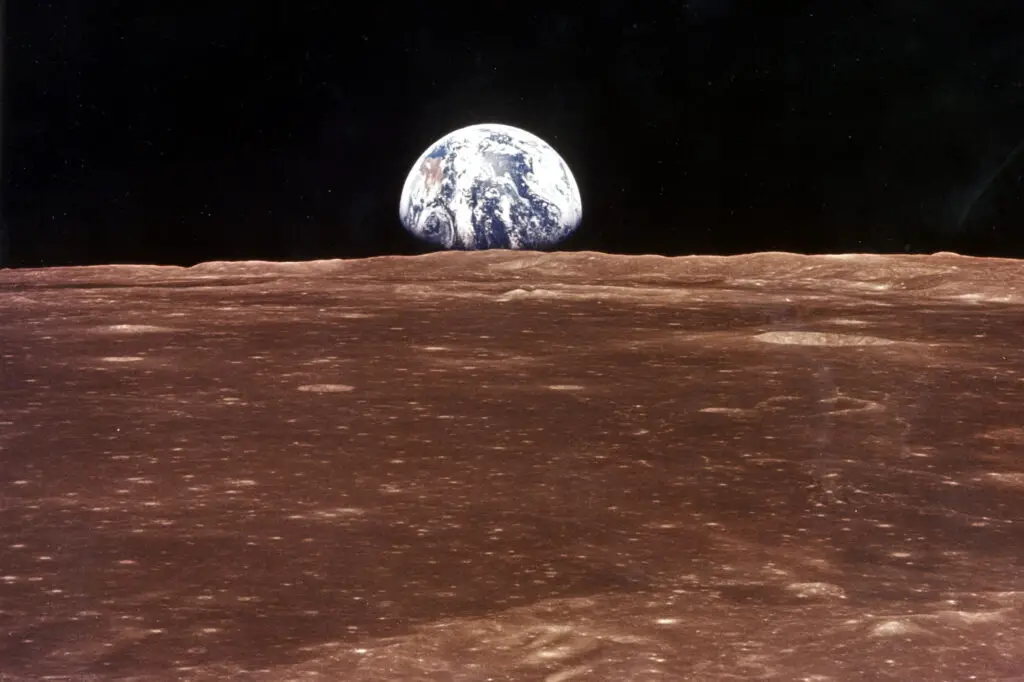
It might seem obvious now, but for centuries, people truly believed Earth was the center of everything. The geocentric model, promoted by Ptolemy, placed our planet at the heart of the universe, with the Sun and stars revolving around it.
This belief was backed by both religious institutions and respected scholars. Challenging it was not just controversial—it was dangerous. Copernicus and later Galileo paid a steep price for suggesting otherwise. But once the heliocentric model took hold, science finally began to understand our solar system properly. It’s a good reminder of how much ego can influence science. Apparently, it took a few centuries to admit we’re not the cosmic VIPs we thought we were.
8. All Matter Is Made of Four Elements

Long before chemistry became a real science, ancient scholars believed everything was made up of just four elements: earth, water, air, and fire. This theory shaped medicine, alchemy, and even personality assessments for centuries.
The idea was that your body and the world around you were governed by balances of these elements. Feeling moody? Maybe you had too much water. A fever? Too much fire. It seems ridiculous now, but it laid the groundwork for early experimentation. Eventually, science revealed a far more complex and fascinating periodic table. Still, the four elements idea had an impressive run for how off-base it was.
9. Heavier Objects Fall Faster Than Lighter Ones
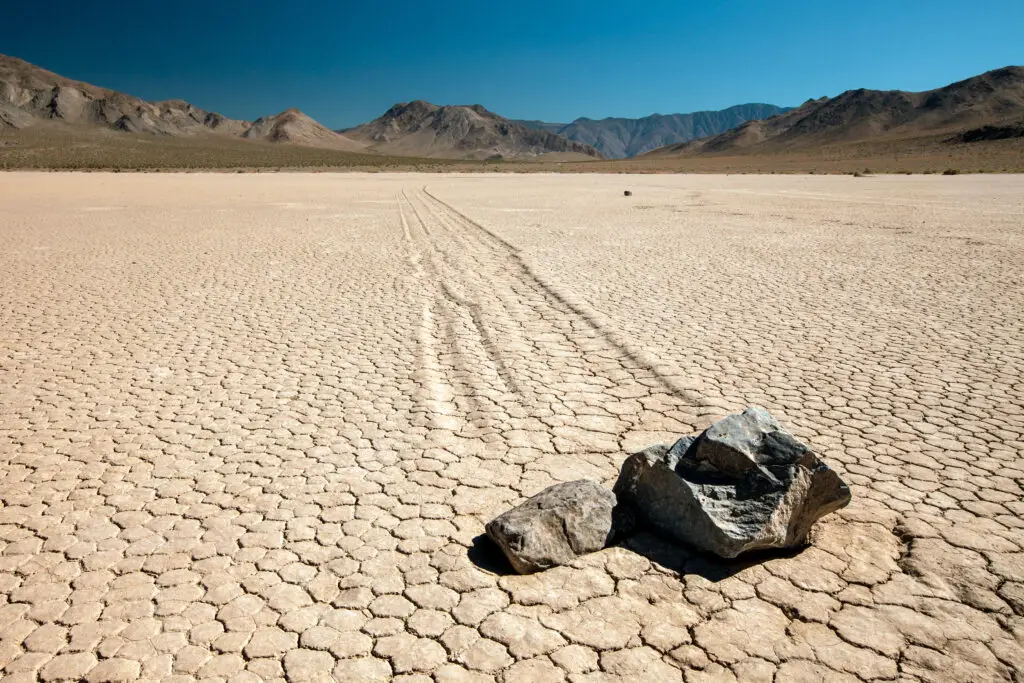
Before Galileo, the standard belief was that heavier objects fell faster than lighter ones. It just made sense—drop a stone and a feather, and the stone hits the ground first, right?
But Galileo challenged this assumption with experiments, including a famous (possibly apocryphal) one at the Leaning Tower of Pisa. He showed that objects fall at the same rate regardless of weight, barring air resistance. This was a huge leap forward in physics and paved the way for Newton’s work. It’s amazing how a simple idea like “test it yourself” changed everything. It also shows how much we relied on observation over actual experimentation for centuries.
10. Static Electricity Was a Fluid

In the early days of electricity, scientists didn’t quite know what it was. Some believed it was an invisible fluid that flowed through objects. Benjamin Franklin even referred to it as a type of liquid substance moving between bodies.
This led to all kinds of odd ideas, like storing the “fluid” in jars and transferring it through wires. The theory sort of worked in a metaphorical sense, which is probably why it hung around for a while. But as understanding improved, especially in the 19th century, electricity was redefined in terms of particles and charge. Still, imagining electricity as a kind of magical juice isn’t totally off-base for the time. They were doing the best they could with what they had.
11. The Moon Influences Mental Health
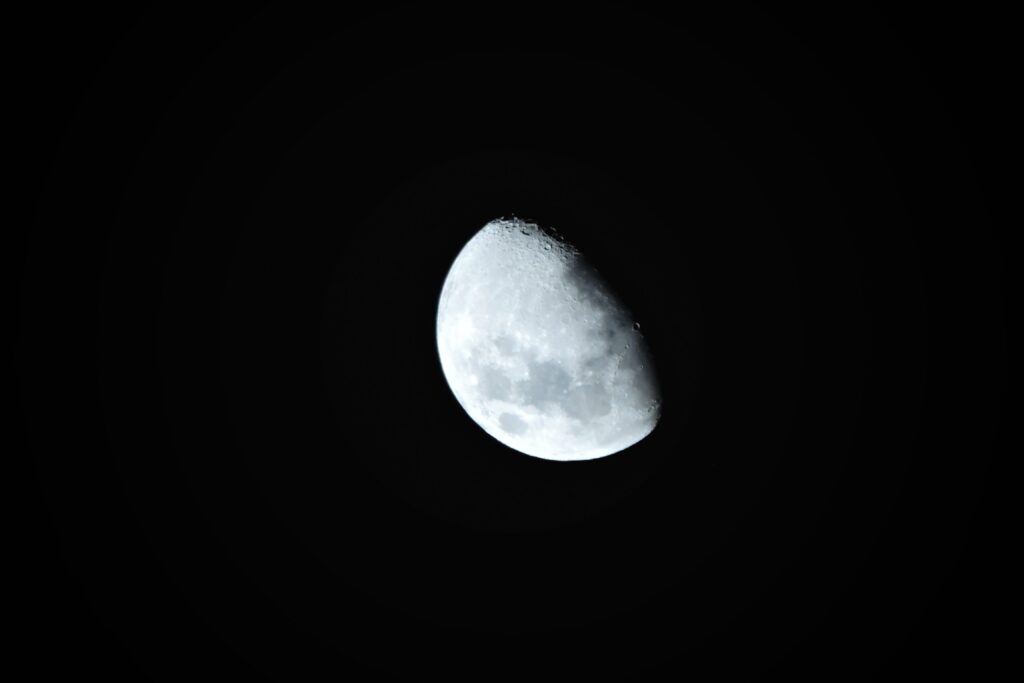
The word “lunatic” actually comes from the Latin word for moon, and for centuries, people believed that lunar phases directly affected mental health. Doctors and philosophers alike thought the full moon could trigger madness, seizures, or hysteria.
Even respected figures like Hippocrates linked lunar cycles to emotional instability. It didn’t help that hospitals and asylums would sometimes report more disturbances during full moons, reinforcing the belief. Modern science has found no consistent connection between moon phases and mental illness. But the superstition persists in pop culture and even casual conversation. It’s one of those ideas that just won’t go away, despite all the evidence.
12. Teeth Worms Cause Cavities

Yes, you read that right. For hundreds of years, people thought cavities were caused by little worms burrowing into your teeth. They even claimed to see these tiny creatures wiggling inside rotten molars.
This theory was surprisingly widespread, dating back to ancient civilizations and surviving into the 18th century in some places. It wasn’t until microscopes and better dental science emerged that the bacteria connection was finally understood. Still, if you’ve ever had a really bad toothache, you might understand why people blamed it on something wriggly. Thankfully, modern dentistry replaced this theory with fluoride and floss. But the mental image of tooth worms is hard to forget.
13. Humans Were Once Giant
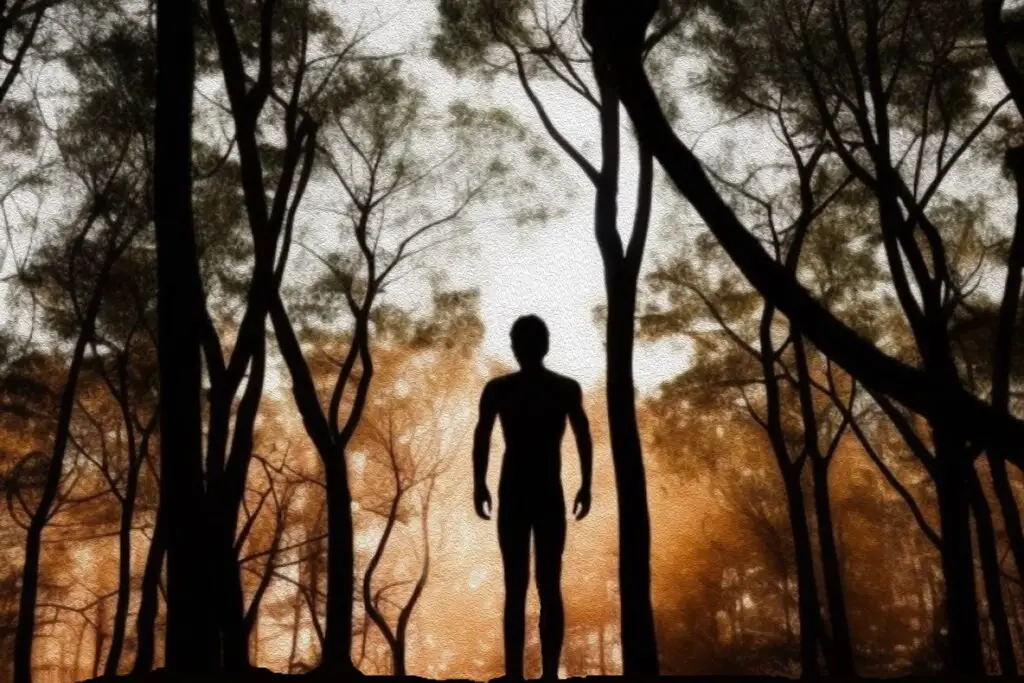
Some early scientists and religious thinkers believed that ancient humans were literal giants. They pointed to large bones or fossils—often of animals—as proof that people used to be 10 feet tall or more.
This theory was partly rooted in biblical interpretations, especially the idea of Nephilim mentioned in Genesis. When giant skeletons turned up (usually misidentified mastodon or dinosaur bones), it only fueled the myth. Over time, more accurate anatomy and paleontology debunked it, but the fascination with ancient giants still pops up today. It’s a strange blend of mythology and misunderstood science. And while it’s clearly untrue, it definitely captured imaginations for centuries.
